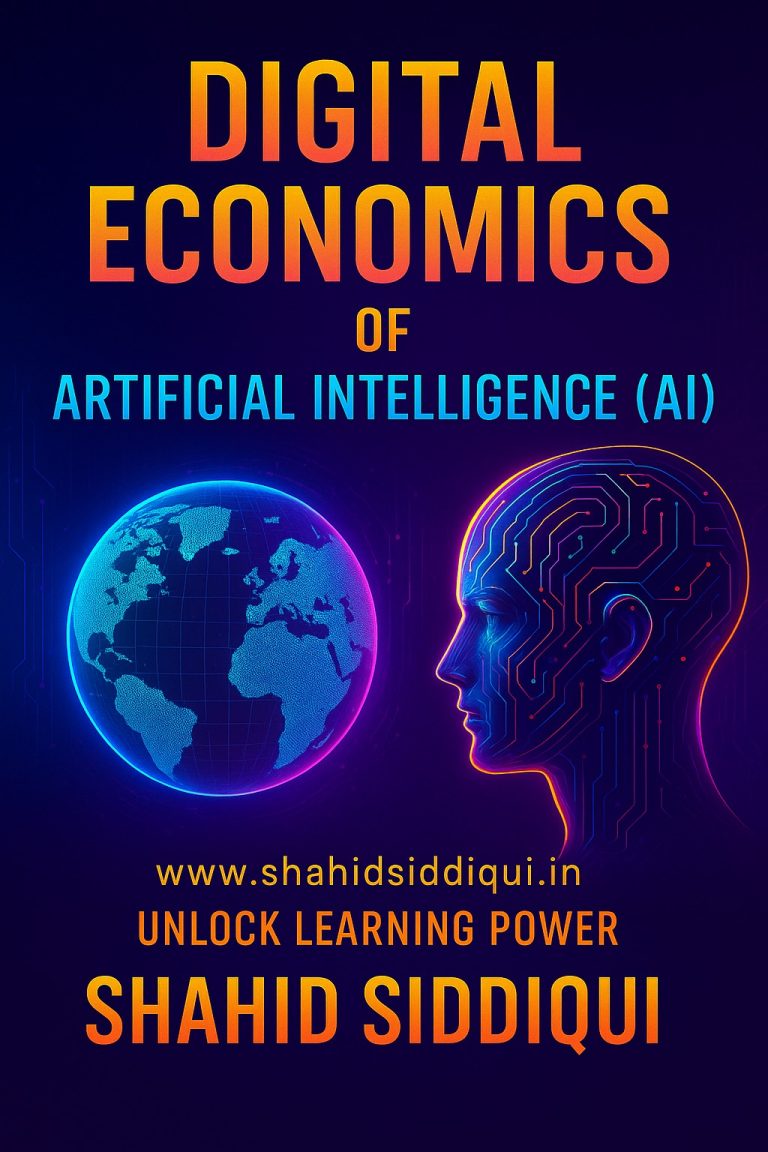Misconceptions About Monetary Policy
Monetary policy might seem straightforward—central banks adjust interest rates to control inflation, right? Not quite! Even students who study economics or finance often misunderstand some of the hardest concepts.
Let’s break down the 10 toughest misconceptions about monetary policy that even smart minds get wrong!
🚨 Mistake #1: Thinking “Inflation Targeting” Means Keeping Inflation at Zero
✅ The Truth: Some inflation is actually good for the economy!
- Many people believe central banks should aim for zero inflation, but this is incorrect.
- The ideal inflation rate is usually 2% (in developed countries) and 4% (in India) because mild inflation encourages spending & investment.
📌 Why?
If inflation is too low, people delay purchases, slowing economic growth. If it’s too high, purchasing power drops. A balanced level keeps the economy running smoothly.
🚨 Mistake #2: Believing That Interest Rate Cuts Always Boost Economic Growth
✅ The Truth: Lower rates can fail if confidence is low!
- Cutting interest rates doesn’t always lead to more borrowing if businesses & consumers don’t feel confident about the economy.
- This happened in Japan’s “Lost Decade”—interest rates were near zero, yet growth remained stagnant because businesses didn’t want to invest.
📌 Lesson: Rate cuts only work when people trust the economy. If uncertainty is high, even 0% interest rates won’t help!
🚨 Mistake #3: Thinking “More Money Printing = More Economic Growth”
✅ The Truth: Excessive money printing leads to hyperinflation & economic collapse.
- A central bank cannot create real wealth just by printing money.
- If more money is printed without increasing production, its value drops, leading to skyrocketing prices.
📌 Example:
🔹 Zimbabwe (2008) – Printed excessive money → Inflation hit 89.7 sextillion percent!
🔹 Venezuela (2017) – 1 cup of coffee cost millions of bolivars due to hyperinflation.
👉 Printing money without economic growth = disaster.
🚨 Mistake #4: Assuming “A Strong Currency Is Always Better”
✅ The Truth: A currency that’s too strong can hurt exports and slow down the economy.
- If a currency appreciates too much, domestic goods become expensive for foreign buyers, reducing demand for exports.
- Countries like China deliberately keep their currency low to maintain export dominance.
📌 Example:
🔹 If the Indian Rupee strengthens from ₹83/USD to ₹70/USD, Indian IT companies earn less in rupee terms from US clients.
👉 A balance is key—too weak is bad, but too strong also hurts!
🚨 Mistake #5: Thinking “Monetary Policy Works Instantly”
✅ The Truth: Monetary policy has a time lag—effects can take 6-24 months to show!
- Raising rates does not instantly reduce inflation—it gradually slows demand over time.
- Similarly, cutting rates does not immediately create jobs—businesses take time to respond.
📌 Example:
🔹 The US Fed started raising rates in 2022, but inflation only started cooling in 2023.
👉 If a central bank acts too late, inflation may spiral out of control before the effects kick in!
🚨 Mistake #6: Thinking “Central Banks Can Fully Control Inflation”
✅ The Truth: Central banks only influence demand-side inflation, NOT supply shocks.
- If inflation is caused by too much demand, raising interest rates helps.
- But if it’s due to supply issues (oil price shocks, global disruptions), monetary policy is powerless.
📌 Example:
🔹 Oil crisis (1973, 2022) – Rate hikes couldn’t fix oil shortages—inflation remained high.
🔹 COVID-19 supply chain disruptions – Raising interest rates didn’t fix shipping delays or chip shortages.
👉 Monetary policy is NOT a magic solution—it only works for certain types of inflation!
🚨 Mistake #7: Believing “More Foreign Investment Always Strengthens the Economy”
✅ The Truth: Too much dependence on foreign capital can cause instability.
- If a country relies too much on foreign investment, sudden capital outflows can crash the economy.
- Foreign investors leave quickly if they sense risk, causing currency devaluation & financial crises.
📌 Example:
🔹 1997 Asian Financial Crisis – Countries with high foreign capital dependence collapsed overnight when investors pulled out.
🔹 2023 Pakistan Rupee Crash – Heavy reliance on foreign loans led to currency freefall.
👉 Foreign investment is good, but over-reliance makes an economy fragile.
🚨 Mistake #8: Thinking “Low Interest Rates Are Always Good for Everyone”
✅ The Truth: Low rates hurt savers, pension funds & banks.
- If rates are too low, bank savings earn almost nothing.
- Pension funds struggle to meet future payouts.
- Banks make less profit, leading to weaker financial stability.
📌 Example:
🔹 Europe (2014-2021) – Negative interest rates forced banks to charge depositors instead of paying interest!
👉 Low rates benefit borrowers but punish savers. Balance is necessary.
🚨 Mistake #9: Assuming “Debt-Fueled Growth Is Sustainable”
✅ The Truth: Too much cheap credit creates financial bubbles.
- When borrowing is too easy, companies & individuals take excessive debt, leading to financial crashes.
- Low interest rates can fuel stock market & real estate bubbles.
📌 Example:
🔹 2008 Financial Crisis – Cheap loans caused a housing bubble, leading to the biggest economic crash since 1929.
🔹 China’s Real Estate Crisis (2023) – Excessive debt in real estate led to mass defaults.
👉 Debt-driven growth is dangerous if not controlled.
🚨 Mistake #10: Thinking “Central Banks Are Independent Everywhere”
✅ The Truth: Some central banks face political pressure, weakening their effectiveness.
- In theory, central banks are independent, but in many countries, governments pressure them to keep interest rates low for political gain.
- This can lead to delayed action on inflation, making things worse later.
📌 Example:
🔹 Turkey (2021-2023) – The government forced the central bank to keep rates low, causing hyperinflation & currency collapse.
🔹 Argentina (2019-2023) – Government interference in monetary policy led to inflation above 100%.
👉 A strong central bank must resist political pressure to keep inflation under control!
🔹 Final Takeaway: Why These Mistakes Matter
Many of these misunderstandings cause real-world economic disasters! By learning these toughest monetary policy misconceptions, you’ll have a deeper understanding of how money, inflation, and interest rates truly work.

